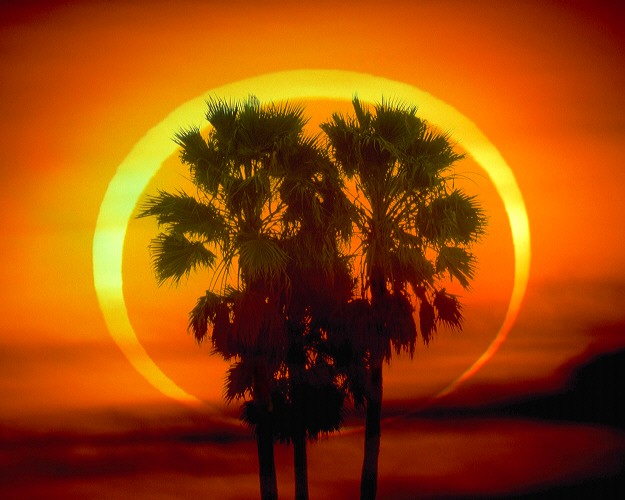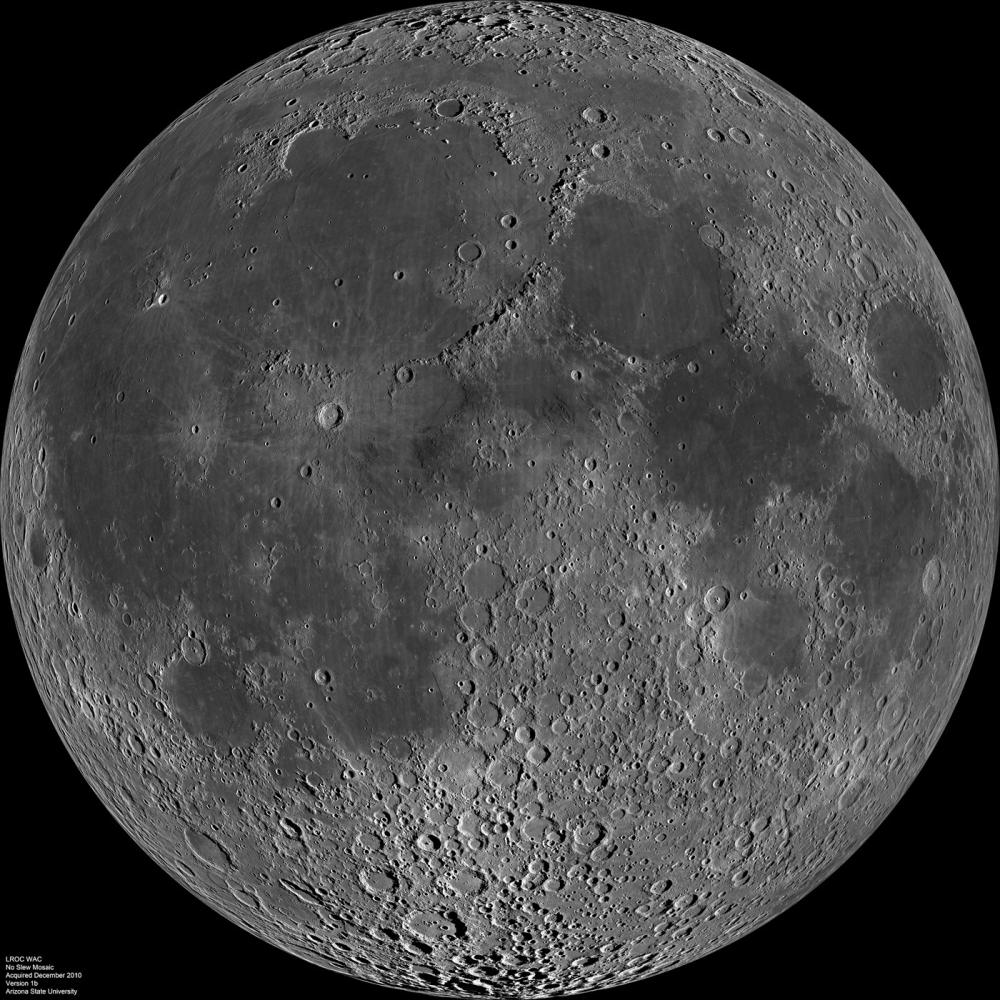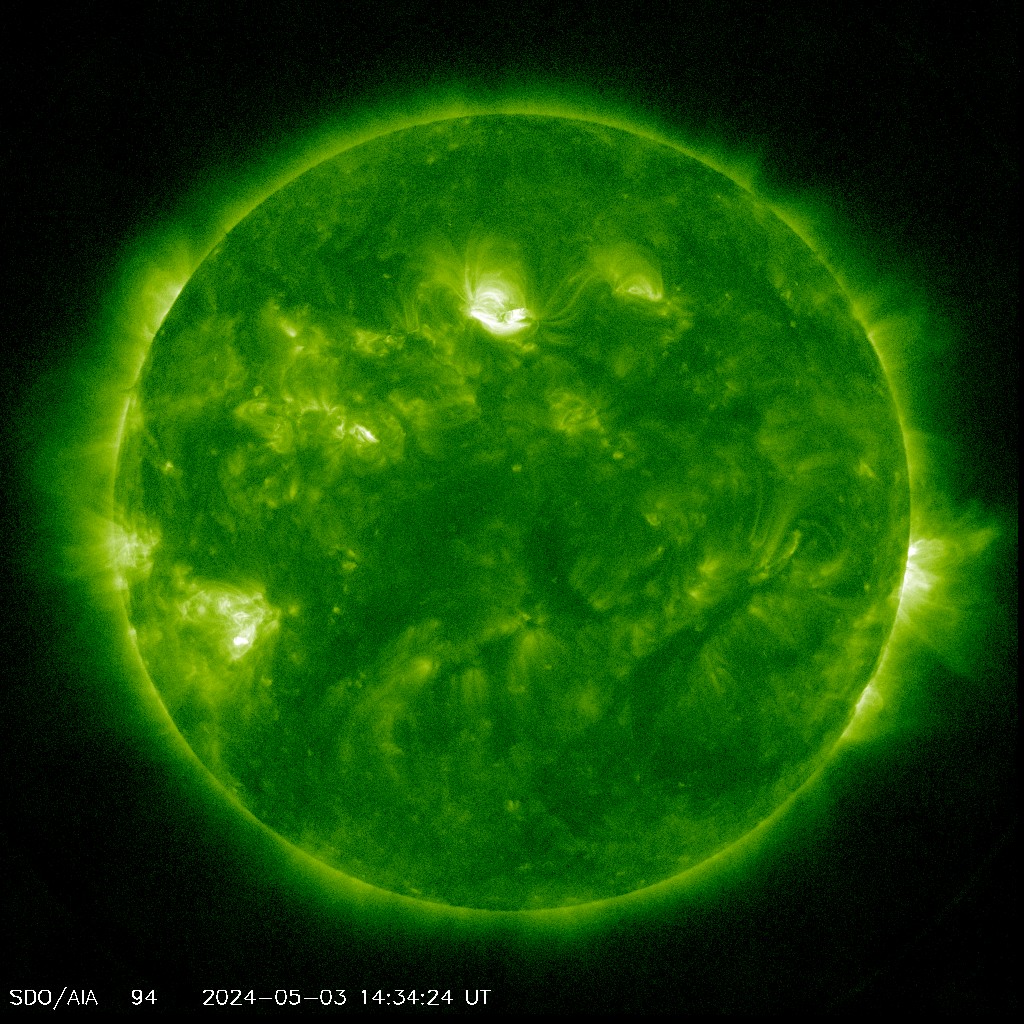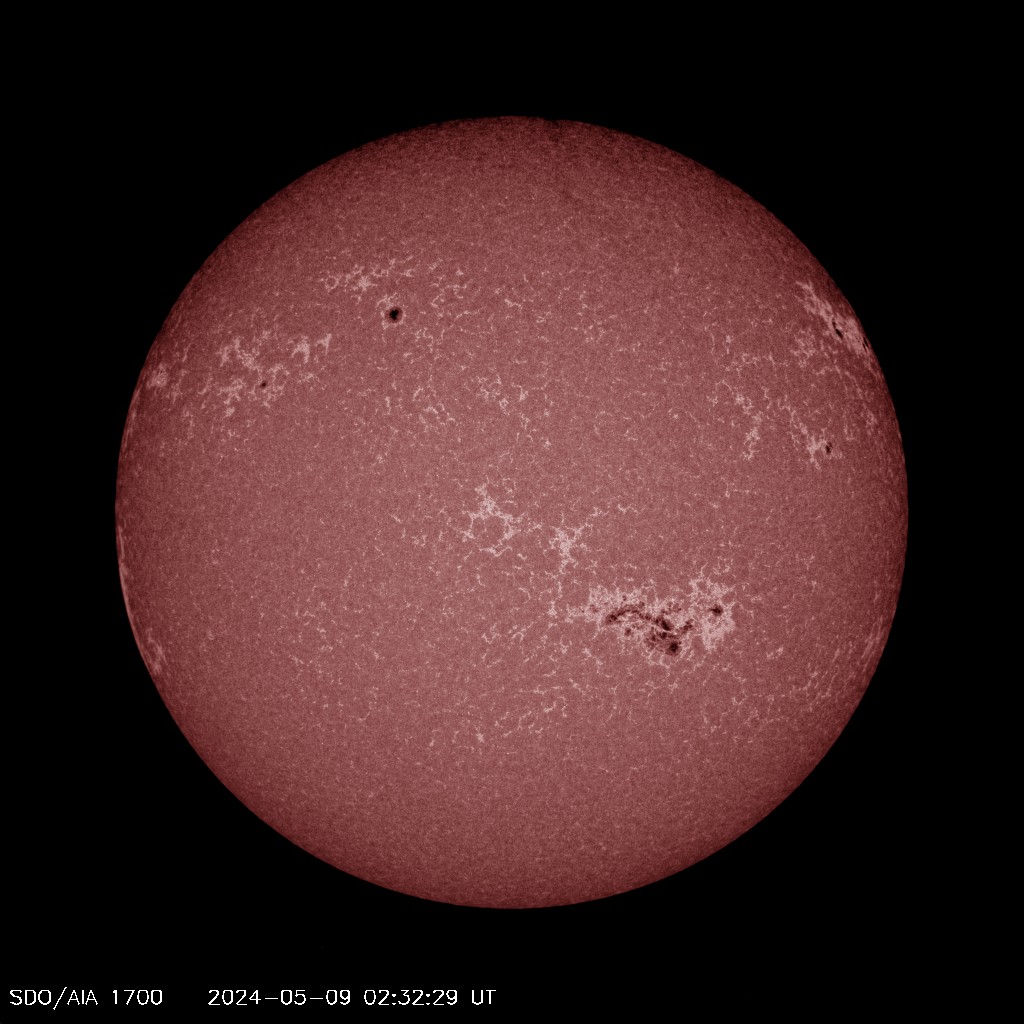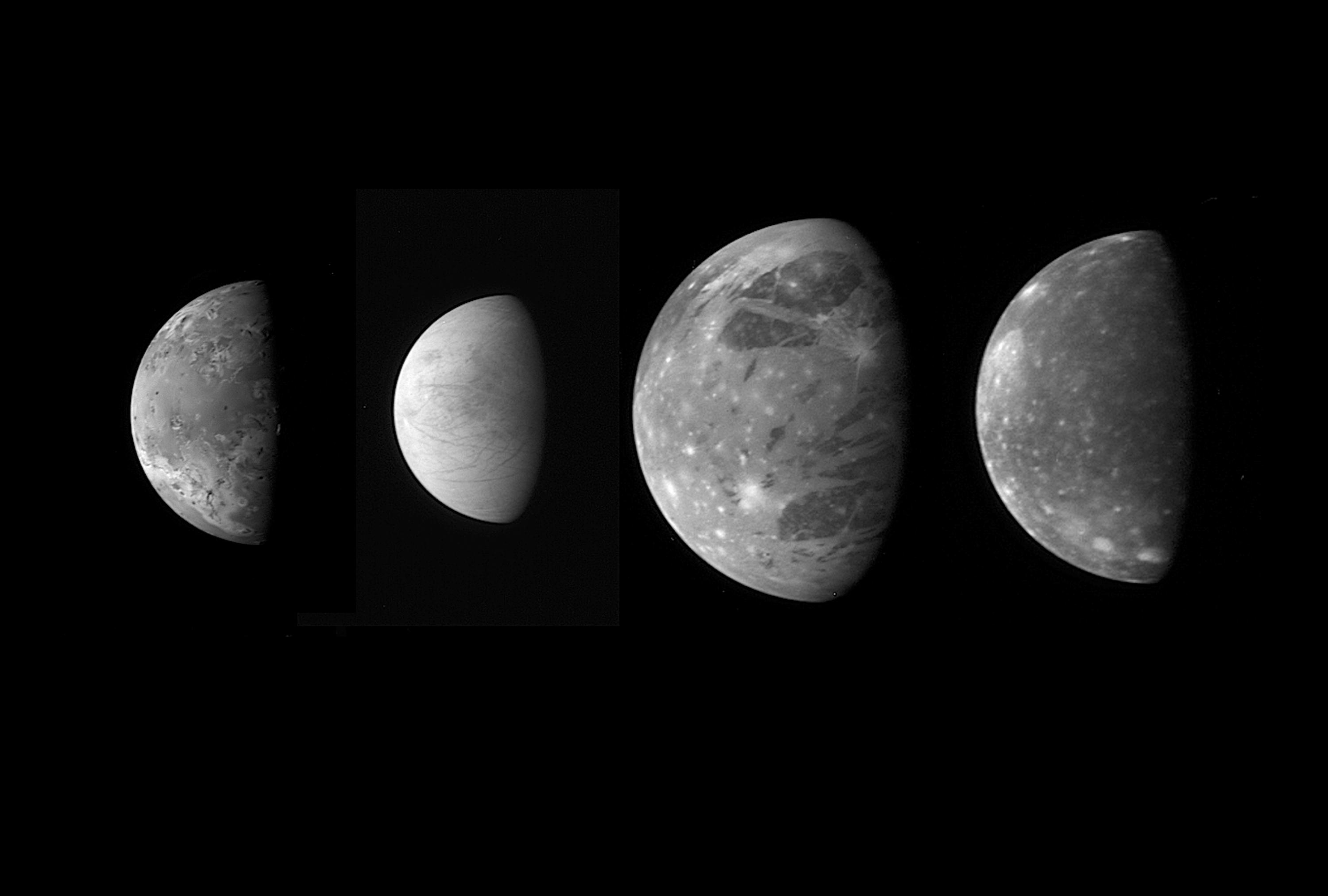What is a transit?
A transit occurs when a planet moves across the face of a star. In our solar system, there are only 2 planets that we can observe transiting from Earth: Mercury and Venus. But transits do occur in all planetary systems. The Kepler telescope uses the dip in light caused by a transit to find extrasolar planets.
 |
| Image courtesy of http://www.nasa.gov/vision/universe/watchtheskies/venus_transit.html |
Why is it important?
There are a few reasons this Venusian transit is important:
- This is a pretty rare opportunity. Venusian transits occur in pairs, 8 years apart. The first transit of this pair occurred in 2004. But the time between each pair of transits is really long; the last pair occurred in the late 19th century. So this is the last viewable transit for a few generations. Read more about this at the rare alignment page.
- We don't get a lot of chances to look at Venus from Earth. It's pretty close to the sun, and so most of our telescopes either get overwhelmed by the sun or can't pick out Venus. As it's transiting, we can see some details in silhouette.
Where can I view the Venus transit (in Atlanta)?
In North America, the transit will be visible in the evening of June 5th. That does not mean visible as in "look straight at the sun." That's never a good idea. However, there will be several observatories with solar filters on their telescopes.
- Check out a local observatory
- The Georgia Tech Observatory: Observatory opens at 6:00 PM
- Bradley Observatory at Agnes Scott College
- The Fernbank Observatory: Observatory opens at 6 PM. Planetarium will be open from 5:30-9:30 to watch west coast streaming.
- Meet up at Grant Park: starting at 5:30 PM
- The Atlanta Astronomy Club: event at Stone Mountain, 4-8 PM, RSVP requested
The map below shows where and when the transit will be visible- North America catches it during sunset on June 5th.
 |
| Image Courtesy of http://eclipse.gsfc.nasa.gov/OH/tran/TOV2012-Fig01.pdf |
If you can't make it to an observatory, or don't live near Atlanta, there are several safe methods for observing the transit on your own. Transit of Venus has lots of information about eye safety. We hope you get a chance to see this historic transit!
